MG transports electric travel to the masses
Once a British manufacturing institution, MG's modern iteration is proving its ability to not only adapt in the ever-growing and highly competitive car industry – but also push itself to the forefront of affordable eco-conscious travel
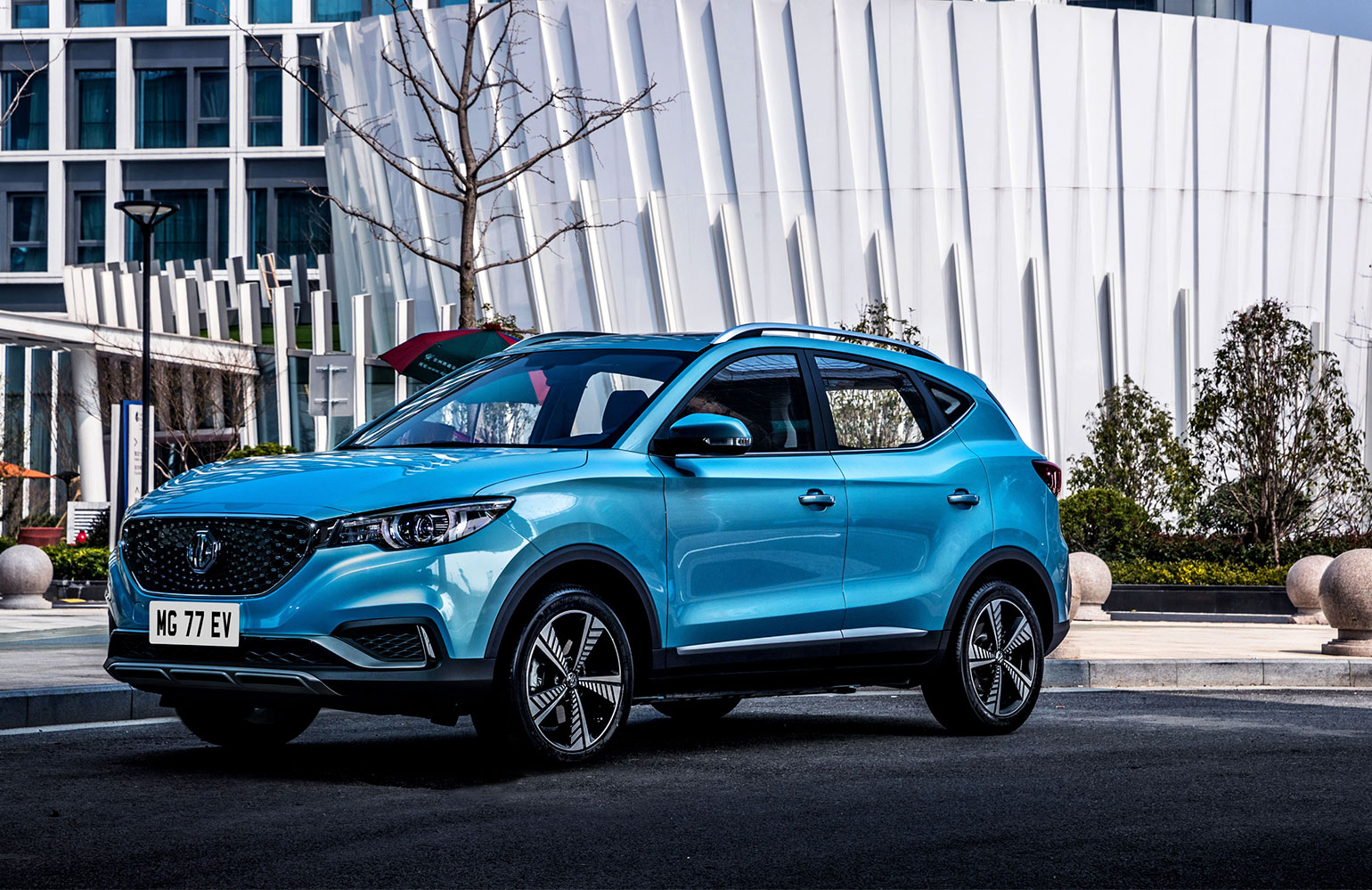
MG’s contemporary history is a helpful summation of how modern brands flit around the globe. Once a mainstay of British sports car production, MG was originally founded in 1930, an off-shoot of the Morris Garages company set up to service cars made by William Morris, later Lord Nuffield. In the pre- and post-war years, the marque was responsible for a series of legendary small sports cars as the TF, the Midget, the MGA and the MGB. From the 60s through to the 90s, as British auto industry was first consolidated into British Leyland, then fractured, squeezed, digested and spat out as a series of standalone brands under a variety of different international ownership.
The MG name, with its distinct octagonal badge, pinged this way and that, gracing lightly sporting versions of saloons and hatchbacks by Austin and Rover, as well as a neat little two-seater, the MG-F, overseen by one Gerry McGovern (now design supremo at JLR). Ultimately, the MG name was acquired by China’s Nanjing Automobile in 2007, at the nadir of the UK auto industry. Nanjing soon merged with SAIC, the state-owned Chinese motor behemoth that began life as the Shanghai Automotive Industry Corporation, and a new chapter began for the badge. China’s auto industry has been subject to a similar volume of complex mergers and acquisitions; the scale is just far, far larger. SAIC builds around 5 million cars a year, including models in co-partnership with Skoda, Buick and VW. Like all Chinese manufacturers, it is pushing hard for electric vehicles, spurred on by the Chinese government’s aggressive targets.
This is a convoluted way of explaining why the UK’s most affordable electric vehicle is made in China yet bears a 90-year old British badge on its front. The ZS model is also available with conventional power, so it starts with the faint whiff of compromise that blunts all but EV-only vehicles. Presumably the familiarity between petrol and electric models is intended to lure customers over to the EV side, especially as MG’s UK demographic skews older and slightly more conservative. It’s also aimed at new markets, in particular India, where the ZS EV has recently launched, part of a massive push from the Chinese industry to increase overseas sales in the face of a static domestic market.
In Europe, the ZS EV undercuts the competition yet is still better equipped than most. Admittedly, it's not especially visually distinctive. A compact crossover, the ZS EV is tall and a tad generic, as almost all the cars in this sector tend to be. The grille is oversized, the wheels are a bit small, and its influences are writ large; a radiator design that mimics Mercedes, a Jaguar-style rotary gear selector, a side profile that recalls SEAT. The interior relies on swathes of hard, virgin plastic and elements like the slow-witted info screen and relentless warning bongs and bings are frustrating. A cited range of over 160 miles means one is perpetually hovering on the edge of range anxiety if you stray away from places to charge.
And yet as anyone who has ever lived with an EV for more than a few days knows, range anxiety is swiftly quelled by experience. What were initially quirks become character and the simplicity, ease and low cost of entry to pure electric propulsion makes the ZS EV a sensible choice. This is industrial design for the masses, with a brand name becoming a springboard for much larger industrial forces.
INFORMATION
MG ZS EV, from £22,495 (after UK government grant)
Wallpaper* Newsletter
Receive our daily digest of inspiration, escapism and design stories from around the world direct to your inbox.
Jonathan Bell has written for Wallpaper* magazine since 1999, covering everything from architecture and transport design to books, tech and graphic design. He is now the magazine’s Transport and Technology Editor. Jonathan has written and edited 15 books, including Concept Car Design, 21st Century House, and The New Modern House. He is also the host of Wallpaper’s first podcast.
-
 Extreme Cashmere reimagines retail with its new Amsterdam store: ‘You want to take your shoes off and stay’
Extreme Cashmere reimagines retail with its new Amsterdam store: ‘You want to take your shoes off and stay’Wallpaper* takes a tour of Extreme Cashmere’s new Amsterdam store, a space which reflects the label’s famed hospitality and unconventional approach to knitwear
By Jack Moss
-
 Titanium watches are strong, light and enduring: here are some of the best
Titanium watches are strong, light and enduring: here are some of the bestBrands including Bremont, Christopher Ward and Grand Seiko are exploring the possibilities of titanium watches
By Chris Hall
-
 Warp Records announces its first event in over a decade at the Barbican
Warp Records announces its first event in over a decade at the Barbican‘A Warp Happening,' landing 14 June, is guaranteed to be an epic day out
By Tianna Williams
-
 Mercedes-Benz previews its next-gen people mover with an ultra-luxury EV concept
Mercedes-Benz previews its next-gen people mover with an ultra-luxury EV conceptThe Mercedes-Benz Vision V Concept is an art deco picture palace on wheels, designed to immerse passengers in parallel worlds as they travel
By Jonathan Bell
-
 2025 Seoul Mobility Show report: all that's new and notable
2025 Seoul Mobility Show report: all that's new and notableOpened at a time of high national drama, the 2025 Seoul Mobility Show has gone on to underscore Korea’s place at the cutting edge of the auto industry. Guy Bird was there
By Guy Bird
-
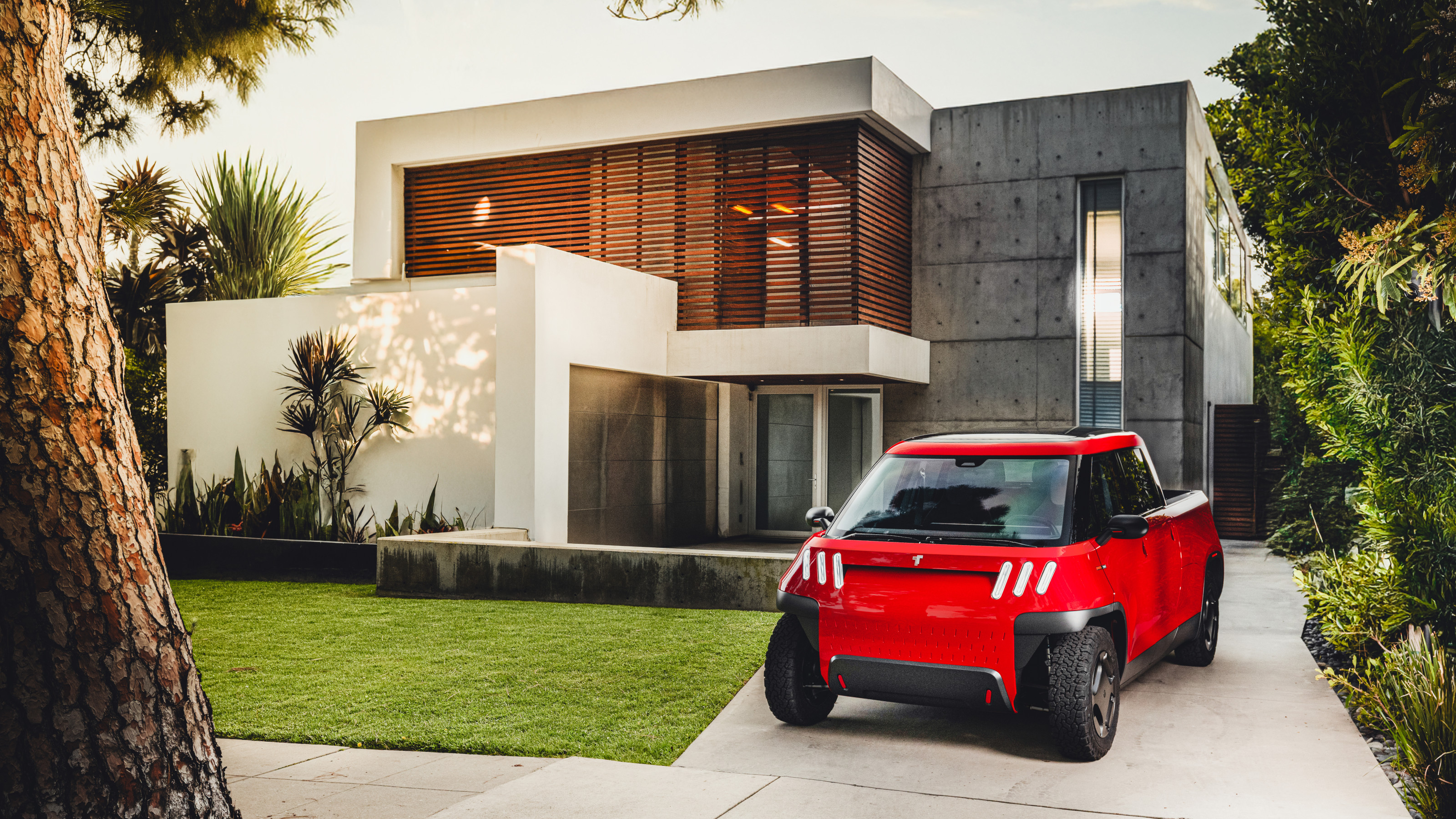 Meet the final drivable prototype of the Telo MT1 pickup truck, shaped by Fuseproject
Meet the final drivable prototype of the Telo MT1 pickup truck, shaped by FuseprojectThe Telo MT1 is a modestly scaled EV that turns the traditional all-American approach to pick-up truck design on its head
By Jonathan Bell
-
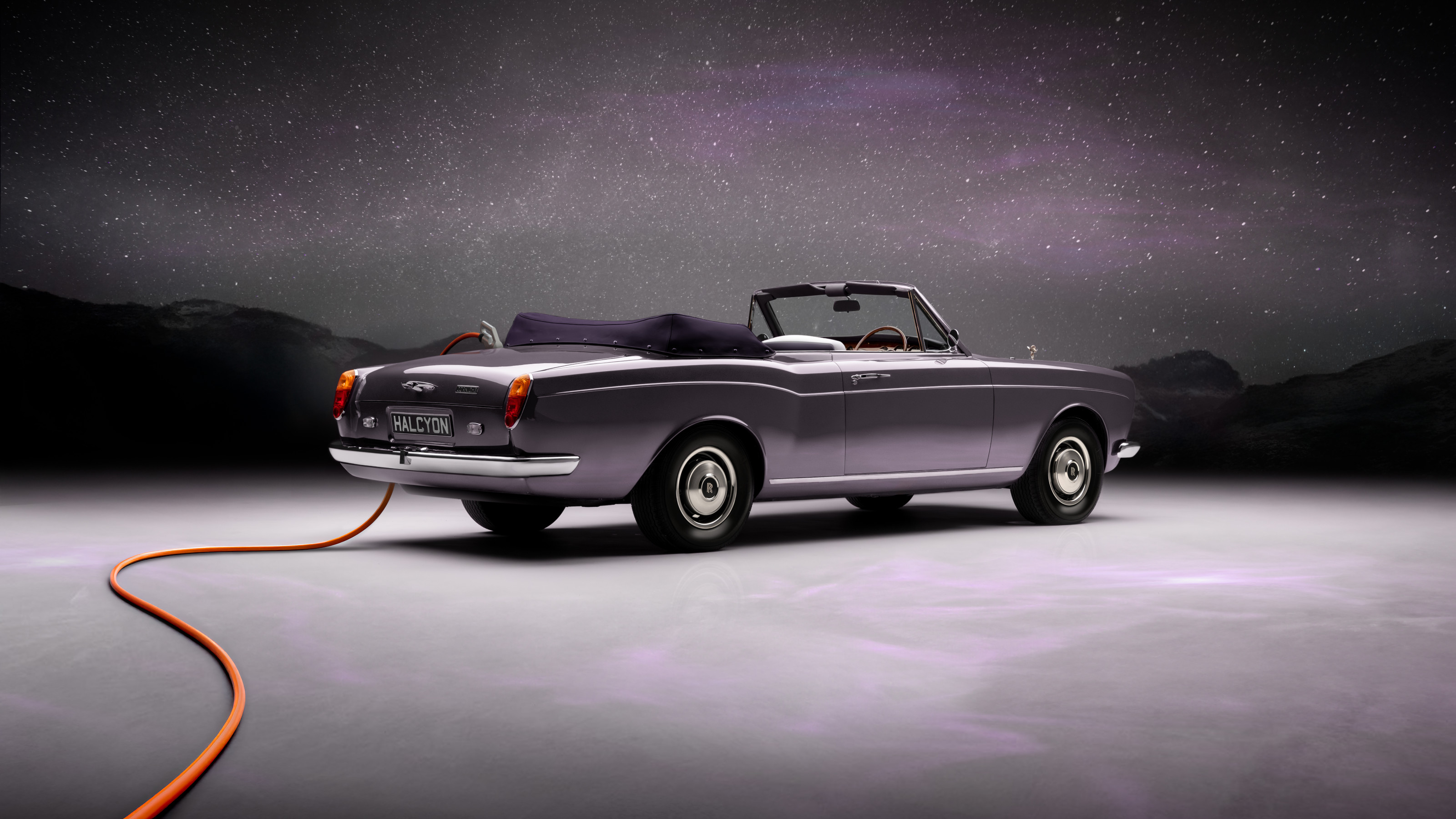 EV start-up Halcyon transforms a classic 1970s Rolls-Royce into a smooth electric operator
EV start-up Halcyon transforms a classic 1970s Rolls-Royce into a smooth electric operatorThis 1978 Rolls-Royce Corniche is the first fruit of a new electric restomod company, the Surrey-based Halcyon
By Jonathan Bell
-
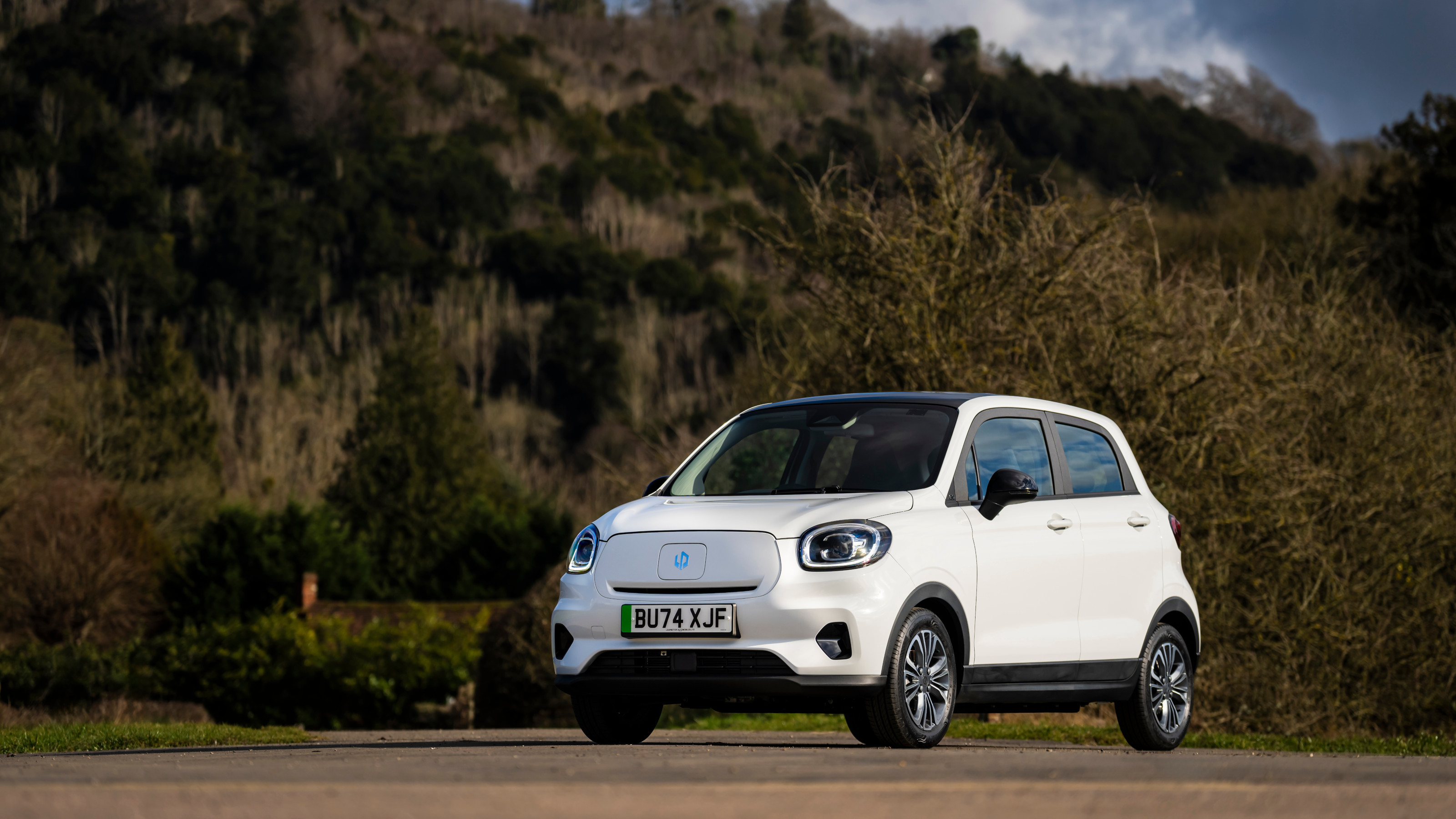 China’s Leapmotor pounces on the European car market with its T03 city car and C10 SUV
China’s Leapmotor pounces on the European car market with its T03 city car and C10 SUVLeapmotor’s tiny electric city car could be just the tonic for cramped urban Europe. We sample the T03 and its new sibling, the fully loaded C10 SUV, to see if the company’s value proposition stacks up
By Jonathan Bell
-
 Wallpaper* takes the wheel of the Bentley Blower Jnr for a rich automotive experience
Wallpaper* takes the wheel of the Bentley Blower Jnr for a rich automotive experienceHedley Studios has shrunk the mighty Bentley Blower into this all-electric, road-legal barnstormer. We take it to the streets of London
By Jonathan Bell
-
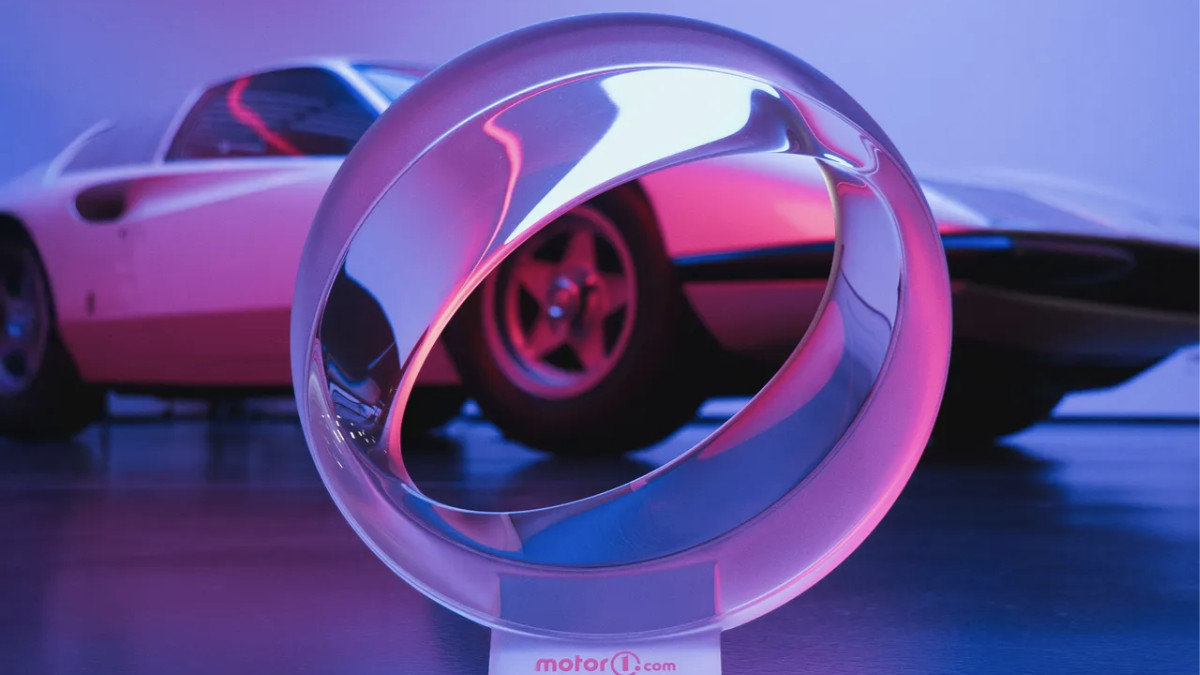 We are the world: Pininfarina’s ‘Orbis’ taps Papal support for an eco-friendly agenda
We are the world: Pininfarina’s ‘Orbis’ taps Papal support for an eco-friendly agendaThe Orbis is a ‘symbolic object’, a gift to Pope Francis from the Italian design agency at a time of political upheaval and social fracture around all aspects of sustainability
By Jonathan Bell
-
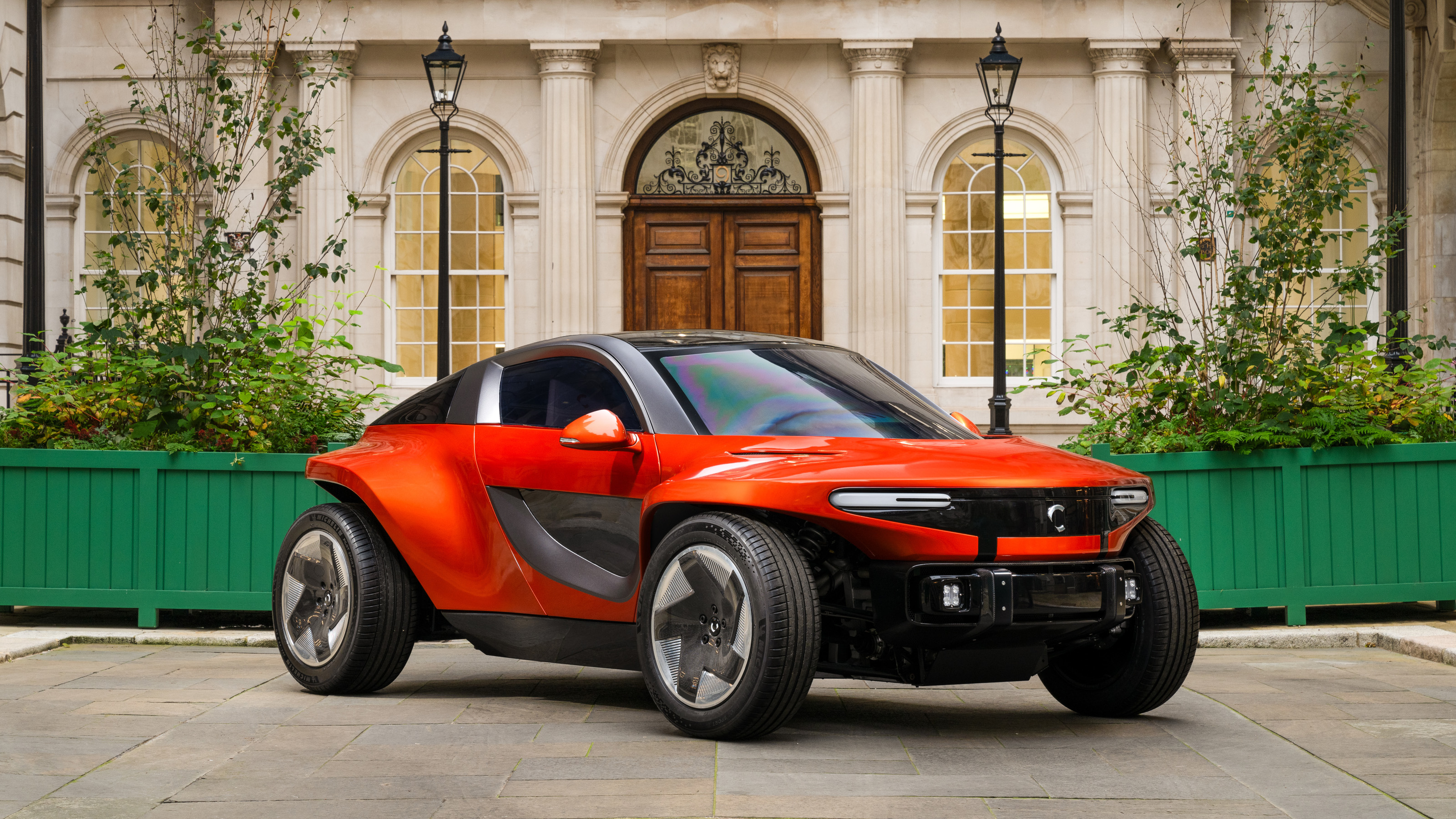 The exclusive Callum Skye EV reveals its interior style ahead of a 2025 launch
The exclusive Callum Skye EV reveals its interior style ahead of a 2025 launchThe Skye is a bespoke sporting EV with a lightweight ethos and an unconventional design. The forthcoming car now has a fully finished interior
By Jonathan Bell